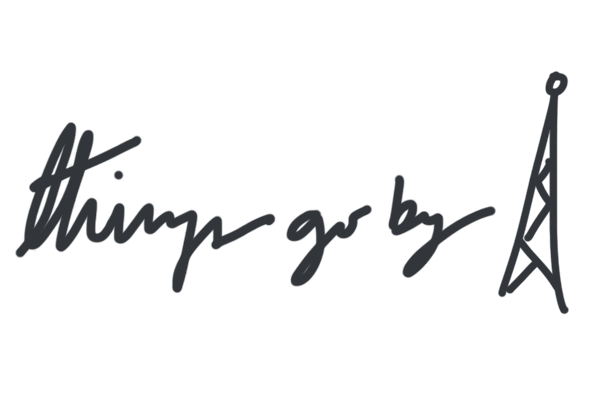Click here to hear part 1 of 4: Stock Sounds
Long before the luxury of recordings, stage performers created their own sounds to accompany productions. Copper sheets were struck to produce a crack of lightning. Blocks of wood, hand drums, whistles and other simple items could add believability or comedy.
But things rapidly began to change with recording technology. A piano tuner named Thomas Valentino created sound effects for Broadway before pioneering one of the first stock sound effects libraries that was widely used for radio.
The idea of the sound library proved immensely practical and important to the popularization of iconic sounds. To give perspective on how extensive this became, Warner Bros. old reels of sound effects tape, if laid flat, would stretch nearly one million feet.
It had become possible to use and reuse the same sound infinitely. A plate broken in the 50s could be heard in films with production dates that span over decades. The laugh of one studio audience could be transposed over unrelated sitcoms. A single scream could mark the death of a dozen extras.

